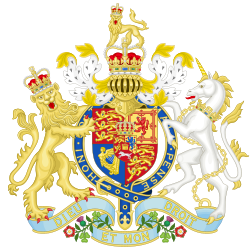| North-Western Provinces | |||||||||||
|---|---|---|---|---|---|---|---|---|---|---|---|
| Province of India under Company rule (1836‐1858) India under the British Raj (1858–1902) | |||||||||||
| 1836–1902 | |||||||||||
 North-Western Provinces, constituted in 1836 from erstwhile Presidency of Agra | |||||||||||
| Capital | Agra (1836–1858), Allahabad (1858–1902) [1] | ||||||||||
| Area | |||||||||||
• 1835 | 9,479 km2 (3,660 sq mi) | ||||||||||
| Population | |||||||||||
• 1835 | 4,500,000 | ||||||||||
| History | |||||||||||
• Established | 1836 | ||||||||||
• Delhi Territory transferred from N.W. Provinces to Punjab | 1858 | ||||||||||
• Saugor and Nerbudda Territories separated from N.W. Provinces | 1861 | ||||||||||
• Ajmer separated from N.W. Provinces | 1871 | ||||||||||
• The offices of Lieutenant-Governor of the North-Western Provinces and Chief Commissioner of Oudh were combined in the same person | 1877 | ||||||||||
• Disestablished | 1902 | ||||||||||
| |||||||||||
| Today part of | India | ||||||||||
| India (North-West Provinces) Act 1835 | |
|---|---|
| Act of Parliament | |
 | |
| Long title | An Act to authorise the Court of Directors of the East India Company to suspend the Execution of the Provisions of the Act of the Third and Fourth William the Fourth, Chapter Eighty-five, so far as they relate to the Creation of the Government of Agra. |
| Citation | 5 & 6 Will. 4. c. 52 |
| Dates | |
| Royal assent | 31 August 1835 |
| Other legislation | |
| Amends | |
| Amended by | |
The North-Western Provinces (NWP) was an administrative region in British India. The North-Western Provinces were established in 1836, through merging the administrative divisions of the Ceded and Conquered Provinces. In 1858, the Nawab-ruled kingdom of Oudh was annexed and merged with the North-Western Provinces to form the renamed North-Western Provinces and Oudh (NWP&O). In 1902, this province was reorganized to form the United Provinces of Agra and Oudh. [2] Allahabad served as its capital from 1858, when it also became the capital of India for a day. [1]
